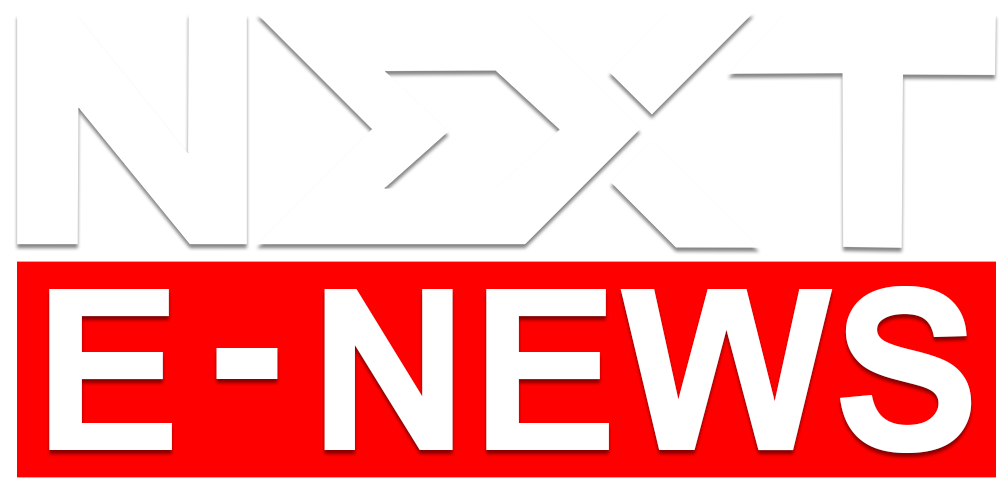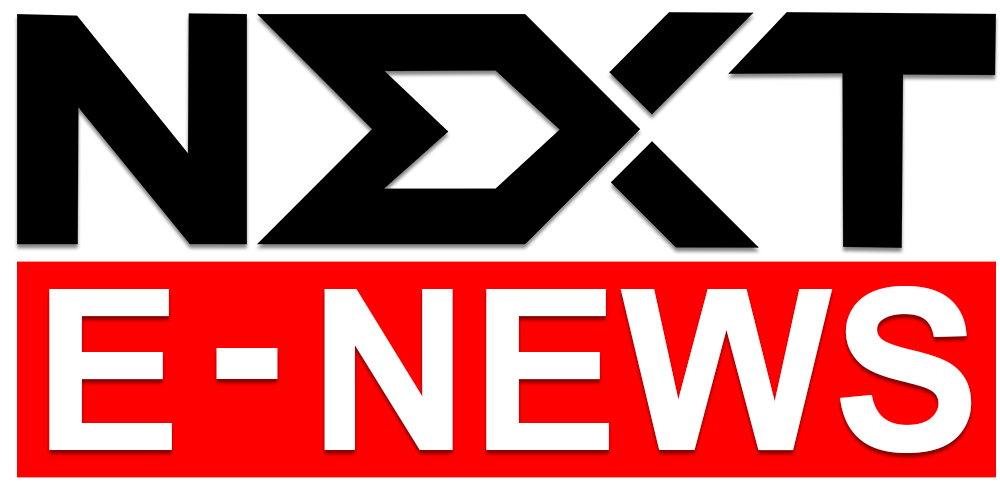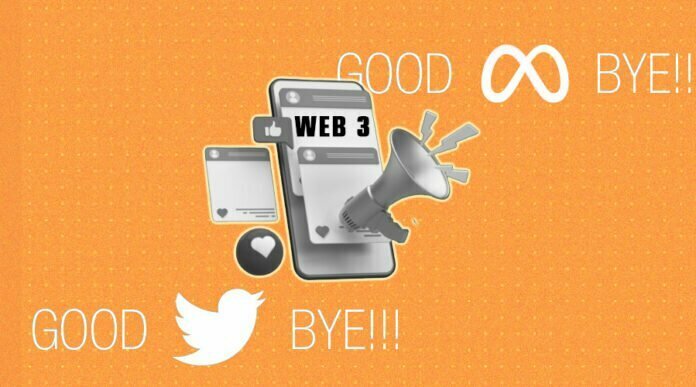Decentralization is embraced by Web3, which is created, run, and owned by its users. Using Web 2.0 technology has a number of benefits, but there are also some problems that need to be recognized and addressed. Equal access, information control, intellectual property, authorship, copyright, trust, privacy, security, and cultural factors are a few of these challenges.
These problems will be fixed by Web3, and a new digital economy will be created. At its foundation, Web3 embraces technologies like automation, AI, machine learning, and blockchain that are known for their immutability, security, and transparency.
Due to the centralization of social media platforms like Facebook, Instagram, and Twitter, users are at the whim of the business executives who require adherence to their platform standards. Users risk losing the content and followers they have spent years accumulating if they don’t obey the rules.
The ex-President Donald Trump’s ban from Twitter is a well-known illustration. You can disagree with Trump’s beliefs, but the millions of users who make Twitter so valuable were not considered in Twitter management’s decision. It demonstrated how little influence Web2 users have on Twitter’s content-related decisions, despite the fact that they are the ones generating value for the business.

Web3 (fast approaching)
The World Wide Web’s dependable, resilient infrastructure was made possible by centralization, which also assisted in bringing billions of people online. At the same time, a small group of centralized organizations control a sizable portion of the World Wide Web and make unilateral decisions over what should and shouldn’t be permitted.
The solution to this problem is Web3. The Web3, which supports decentralization and is being produced, operated, and owned by its users, is not a Web that is monopolized by big tech companies. Instead, then placing the power in the hands of businesses, Web3 gives people that authority.
Blockchain social media: What Is It?
Blockchain Blockchain platforms and protocols used in the creation of social media allow for the development of applications and smart contracts. Among the blockchain protocols that facilitate the creation of social media Dapps are Ethereum, Steem, and Stellar.
Blockchain social media networks lack centralized proprietary authority to store all the data because they are decentralized. Instead, the information is spread out and concentrated across servers in each node of the network.
Blockchain-based social media systems provide end-to-end encryptions for every contact while still supporting social networking, content sharing, and even blogging. Additionally, the majority of them support certain characteristics common to Blockchain ecosystems:
- In-platform transactions
- Rewarding users
- Crowdfunding
- Therefore, blockchain social media gives users or content creators options to make money. Let’s examine the advantages of adopting blockchain social networks now that we have a fundamental understanding of them.
Top 5 Web3 emerging trends
BAAS: Brands as a Service, or BAAS, is a recent development in blockchain technology. Customers can use the cloud-based service to collaborate with the blockchain to develop digital goods. It is a regulated industry, and in order to connect with these financial services, businesses and consumers must acquire access to banks.
Flux: The trustless data layer for web3 is called Flux. Flux is a cross-chain oracle that gives smart contracts access to data feeds on anything that are financially secure. Flux enables the creation of decentralized projects and Web 3.0 apps.
The Semantic Web: The W3C’s concept of the Web of connected data is referred to as the “Semantic Web.” Semantic Online uses web standards that are applied to data, much like a data web, instead of just documents.
The Web 3.0 Movement Will Be Powered by NFTs Non-fungible tokens, or digital collectibles traded in cryptocurrency, are the key component to advancing the Web3 movement. Additionally, it will set the stage for creators to connect with their audience on a whole new level.
Software for Low-Code Application Development: Low-code development, also known as visual drag-and-drop development, enables businesses to create apps much more quickly and with less manual coding. The trend of eliminating low-code or no-code app creations has emerged with the arrival of Web 3.0.
Disclaimer: The information in this piece is strictly the author’s opinion, does not constitute investment advice, and is only being made available for informational reasons. By doing so, you acknowledge that the information is not intended to serve as investment advice or financial guidance. Before making any investment decisions, be sure to do your own research and consult with financial professionals.


